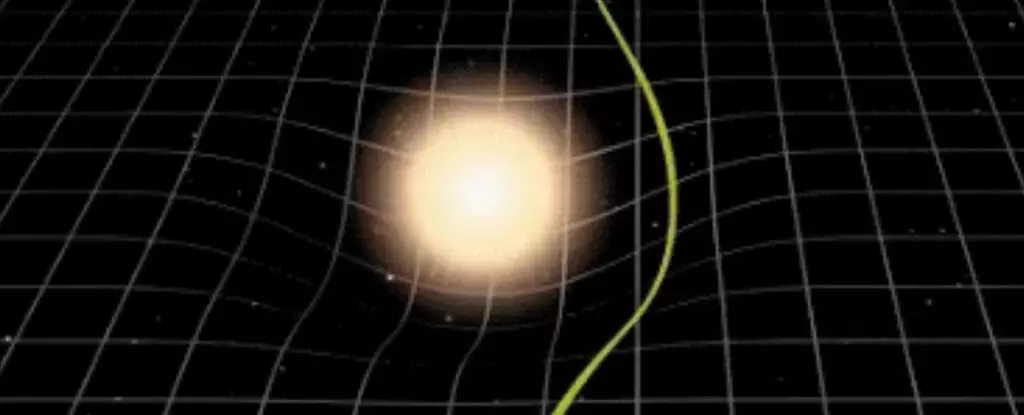Asteroids have long been a source of fascination and fear, particularly due to the potential threat they pose to Earth. Recent advancements in astrophysics have brought forth a remarkable development from Oscar del Barco Novillo, a physicist at the University of Murcia in Spain. His work introduces an equation that enhances our understanding of gravitational bending of light (GBL) and could significantly improve our ability to detect and track near-Earth objects. This article delves into the implications and significance of Novillo’s groundbreaking research.
GBL is a phenomenon that occurs when light travels through a gravitational field, causing the light to bend around celestial bodies like the Sun or massive planets. This bending creates a discrepancy between an object’s apparent position and its actual position in space. Understanding this effect is crucial for more accurate astronomical calculations. Novillo’s equation is a significant contribution to this area, displaying a higher level of accuracy than previous models. The research argues that traditional calculations relied on infinite distances which led to a margin of error. By utilizing finite distances, Novillo’s formula provides a more precise angle for the gravitational bend caused by a static massive object.
The ramifications of Novillo’s discovery extend into practical applications, particularly in tracking the orbits of small celestial bodies. Dwarf planets, asteroids, and comets can now be monitored with greater reliability, presenting a timely tool for planetary defense initiatives. As the frequency of near-Earth object (NEO) surveys increases, accurate measurement of their trajectories is crucial. The new equation not only aids in tracking these objects but offers insight into their potential collision courses with Earth, allowing the possibility of preemptive actions to mitigate disaster.
Del Barco Novillo’s work builds upon centuries of scientific endeavors related to GBL, a pursuit initiated by visionaries like Isaac Newton and furthered by Einstein among others. Each contributed to our understanding of the universe’s fundamental laws. However, with the advent of Novillo’s equation, the discussion around GBL is revitalized, demonstrating progress in a field where accuracy is paramount for future research. The depth of Novillo’s study resonates through the scientific community and has implications for various branches of astronomy, including celestial mechanics and stellar dynamics.
The equation’s applications extend beyond just tracking asteroids. For instance, it could enhance our observations of Proxima Centauri, our closest stellar neighbor. Precise positioning of stars significantly impacts our understanding of their behavior and the dynamics of our galaxy. Furthermore, the research aligns with missions like the Euclid mission, an important initiative by the European Space Agency, which aims to map the position of galaxies across vast distances. By improving upon light-bending models, Novillo’s work may provide indispensable data in the quest to understand dark matter and the universe’s structure.
As promising as Novillo’s findings are, they also call for collaboration within the scientific community to maximize this newfound knowledge. Integration of advanced numerical simulations, experimental validation, and peer discussions can refine these calculations further. Moreover, implementing this equation into existing models can potentially reveal phenomena previously obscured by inaccuracies. The urgency to develop such methods is amplified by the cosmic threats that loom large.
In the astro-physical chess game between Earth and potential impacts from space, Novillo’s innovative equation offers a strategic advantage. By enhancing our grasp of how gravitational fields distort light, this research fosters a deeper insight into our Solar System’s mechanics and the larger universe. Ensuring humanity’s safety from cosmic threats and enriching our understanding of the cosmos is a monumental task—one that warrants continued exploration and scientific inquiry. With new tools and capabilities at our disposal, we stand a better chance against the inevitable unpredictability of the universe.


Leave a Reply